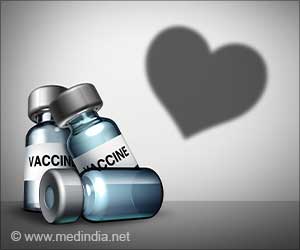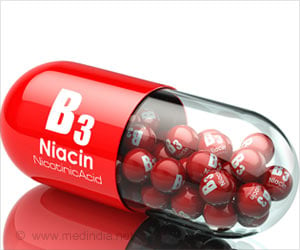The sensitivity of at-home COVID tests can be improved by detecting glow-in-the-dark lines caused due to fluorescent materials.

TOP INSIGHT
Adapting the fluorescent screening technique developed for enteroviruses into the self-testing COVID-19 Home Test Kit.
Within days researcher and his team were creating a test with glowing nanoparticles made of phosphors, which would make the particles even more detectable and the tests more accurate.
Glow-In-The-Dark COVID-19 Testing is First Project of New Hire
In this new development, there are two tricks. First, we use enzymes, proteins that catalyze reactions, to drive reactions that emit light, like a firefly. Second, we attached those light-emitting enzymes to harmless virus particles, along with antibodies that bind to COVID proteins. These findings are reported in the journal The Analyst.The reason these steps are useful is that one antibody on a virus can bind to one COVID target on the test strip and bring along with it many light-emitting enzymes. So, the team gets lighter for each target, thus needing fewer targets to see the light, making the test more sensitive.
And while you might be able to read the results with your eye in a very dark room, the team created a little plastic box to exclude light and let a smartphone camera do the reading. This is more reproducible and probably more sensitive, and with smartphones, you can communicate the results to databases and things like that.
The sensitivity is better than essentially any commercial tests, making the technology useful in an array of medical arenas. This technology can be used for detecting all kinds of other things, including flu and HIV, but also Ebola and biodefense agents, and maybe toxins and environmental contaminants and pesticides in food.
Source-Eurekalert
 MEDINDIA
MEDINDIA




 Email
Email









